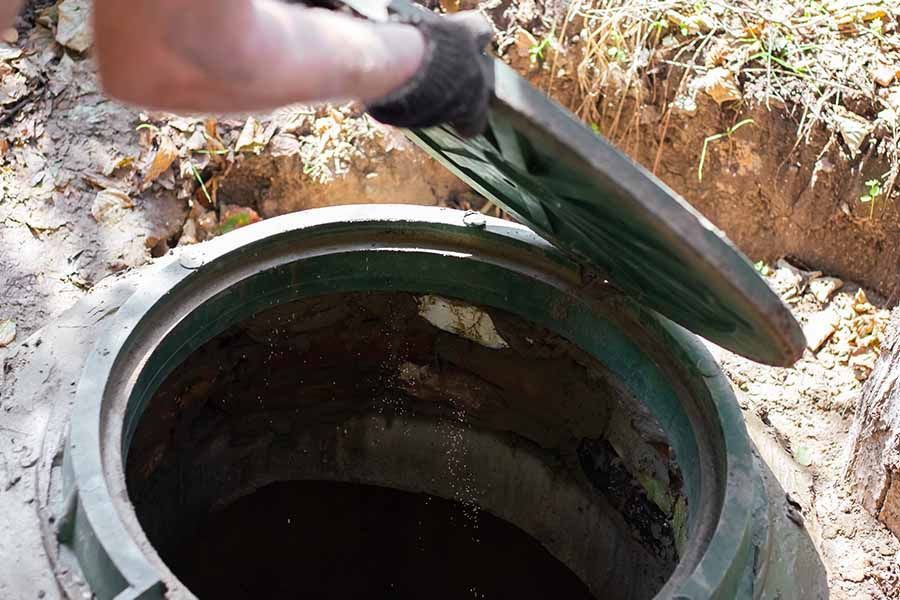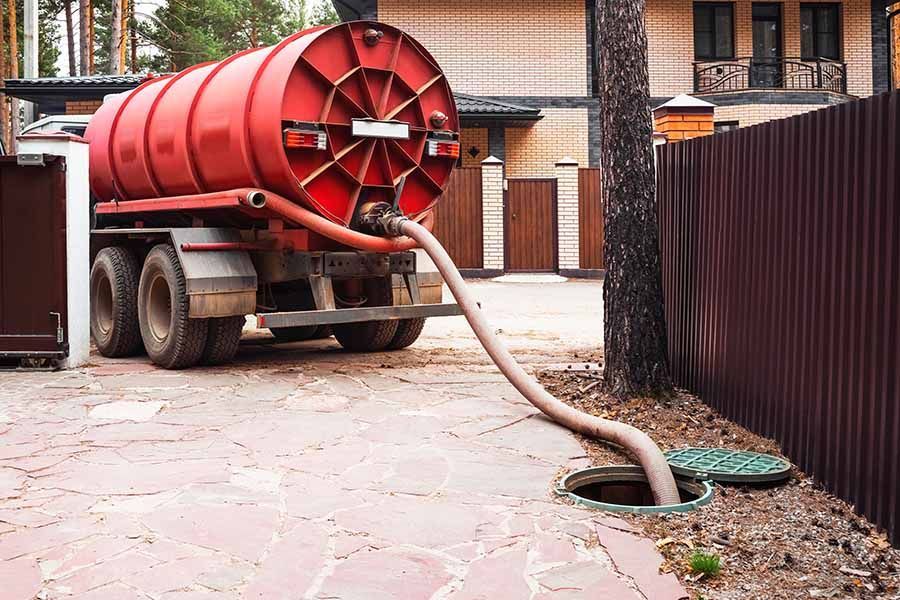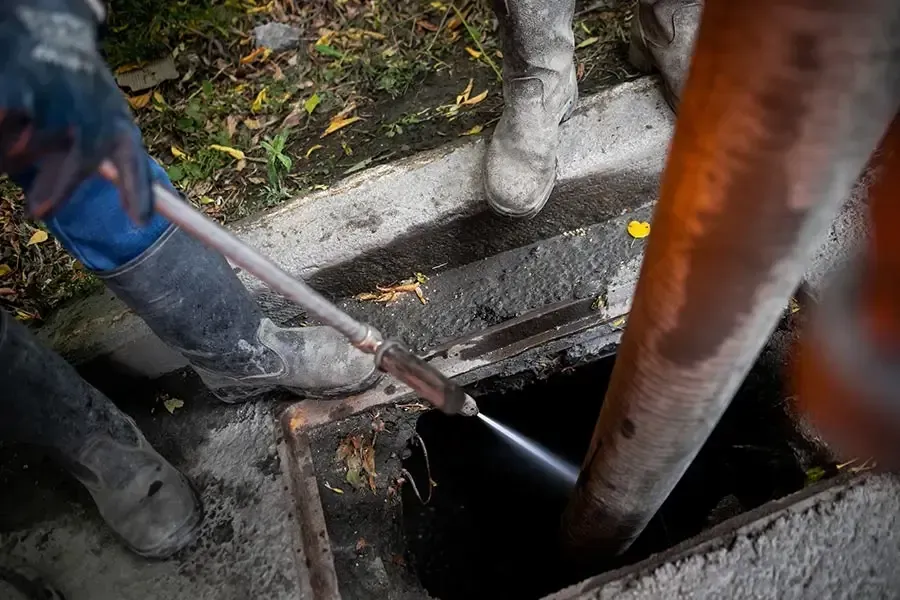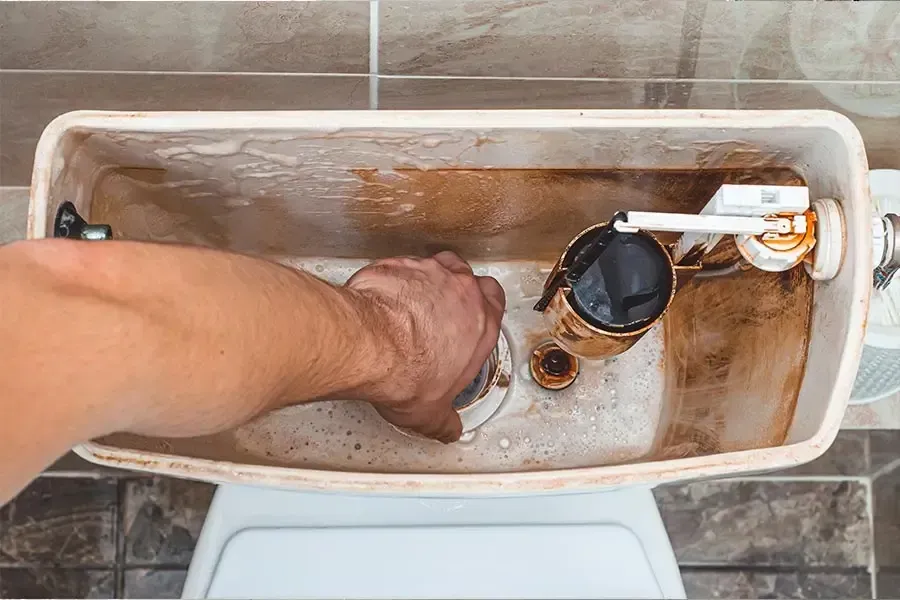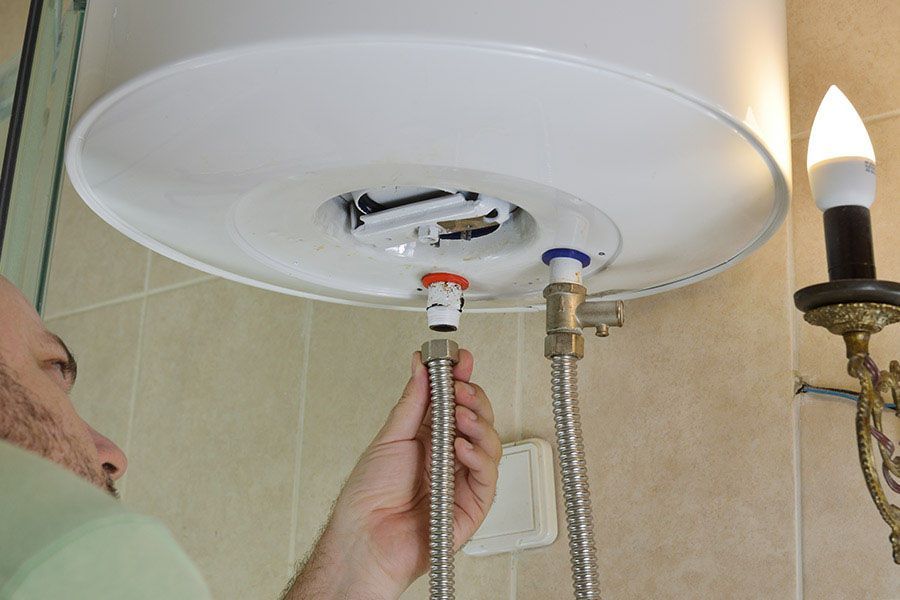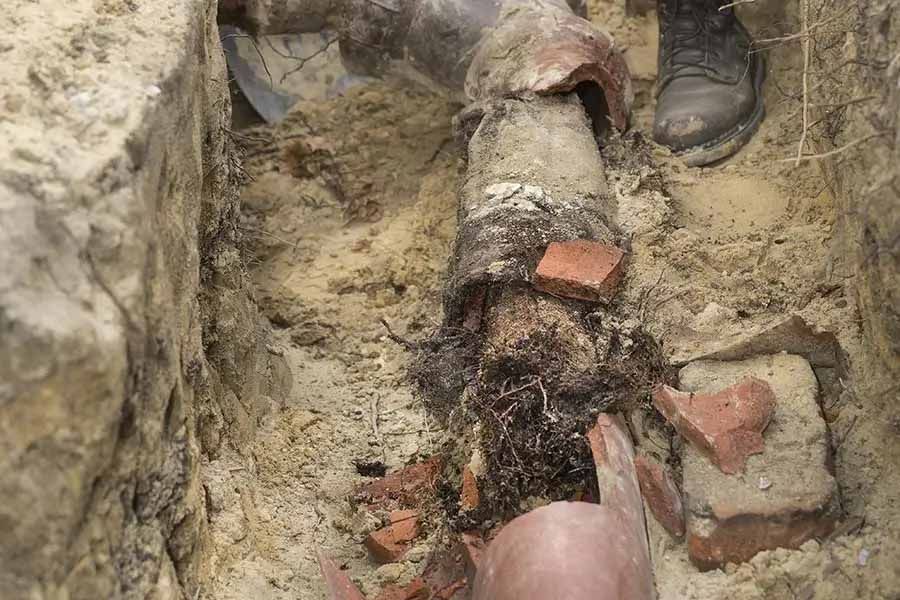
If your sink refuses to drain, then you might have a clog in your garbage disposal. You won’t be able to use your sink regularly again until you fix the clog, and garbage disposal clogs can create a large mess to clean up. To that end, the team at King’s Services is here with this quick guide on how to unclog a garbage disposal with standing water.
Contact us today to speak to a garbage disposal specialist in Winnipeg.
Steps for Clearing Disposal with Standing Water
Clogs in garbage disposals can damage your pipes and breed bacteria and pathogens, so it’s in your best interest to deal with any clogs as quickly as possible. Below are some tried-and-true steps for DIY garbage disposal repair and clog removal.
1. Turn Off the Power
Before doing anything with the garbage disposal, make sure you turn off the power and unplug the unit. If necessary, you can flip the breaker that the garbage disposal is connected to. You should always avoid directly putting your hand in the disposal while removing the clog, as garbage disposal blades can cause serious injury if they turn on. You should also wear gloves and eye protection.
2. Remove the Standing Water
Once you turn off the power, try to remove as much standing water as you can using a cup and bucket. You don’t have to remove all of the water; it is just enough for you to access the drain and dispose of garbage. The more water you remove, the easier it will be to clean the clog and the less risk there will be of spilling or water damage while you are working.
3. Visually Inspect the Disposal
Once you have removed enough water, visually inspect the drain to see if you can identify the clog. In some cases, the clog might be from an obvious food or non-food item that has fallen in. If the clog is large enough to see and close to the top of the drain, you can try to remove it with a pair of needle nose pliers or similar tools. Remember, you should never put your hand in the disposal.
4. Remove the Clog
You have a couple of options for clearing sink drain blockages.
- Use a sink plunger. Position the plunger head directly on top of the drain, press down until the end is flat, then pull up sharply on the plunger. You should feel some resistance when you pull up if you are creating sufficient suction. Repeat this motion until you feel the clog come loose. You can then remove any larger pieces using pliers.
- Use a drain snake. Insert the front end of the drain snake into the drain and push until you reach the clog. You should feel some resistance as you break through the main clogged area. Once you get it through, you can twist the snake to break the clog into smaller pieces. You can remove larger pieces using pliers and flush the smaller pieces down the drain with water.
- Use baking soda and vinegar. Empty a cup of baking soda and a cup of vinegar into the garbage disposal. The baking soda and vinegar react to sodium acetate and carbon dioxide, which can break down organic matter that forms clogs. Let the mixture sit for about 30 minutes, then flush with a cup of warm water. Repeat the process until the clog passes through your system.
5. Remove the P-Trap (Optional)
If the above methods are ineffective for unclogging the sink disposal, you may need to remove the p-trap. The p-trap is the p-shaped section of pipe below your drain that stops sewer gas backup. Clogs can settle in the p-trap, making them hard to remove.
Place a bucket underneath the p-trap to catch water drips and loosen and remove the trap using an Allen wrench. Once you remove the trap, you can manually remove any clogs and clean the part. Make sure the p-trap is sufficiently tightened when you reattach it, or it can cause water leaks.
6. Reset the System
Most garbage disposals have a small switch on the side that resets the system. You can sometimes use this button to clear clogs and get the disposal back in working order. Flip the switch, then turn the water on to ensure the disposal works again.
7. Test the Disposal
Once you clean the clog, replace all components, reconnect the disposal back to the outlet, and reconnect the circuit. Run some water and then turn the disposal on to ensure it is working. Listen for any sounds that are out of place, and make sure that the water is properly draining. If none of these steps have solved the problem, consider calling a plumbing professional to fix your clogged garbage disposal.
Preventing Garbage Disposal Clogs
Fixing clogs is only half the battle. You also need to know how to avoid them in the first place.
- Avoid putting non-safe objects and foods down your disposal, such as eggshells, coffee grounds, bones, pasta, grease, or fibrous vegetables. These foods contribute to clog formation.
- Run some cold water for a bit after using the disposal. Cold water keeps fats, oils, and greases from melting so they don’t get stuck in your drains.
- Clean your drains at least once every six months. For best results, hire a professional to clean your drains.
- Consider getting a drain trap for your kitchen sink. Drain traps go over the drain and catch large particles that can cause clogs while letting smaller objects through.
Winnipeg Plumbing and Septic Services
Read our blog to learn more about caring for a garbage disposal with septic tank. If you would like to learn more about how to unclog a garbage disposal with standing water or need help resolving disposal blockages, contact King’s Services online or call today at
431-631-0817 to schedule an appointment in Winnipeg!
